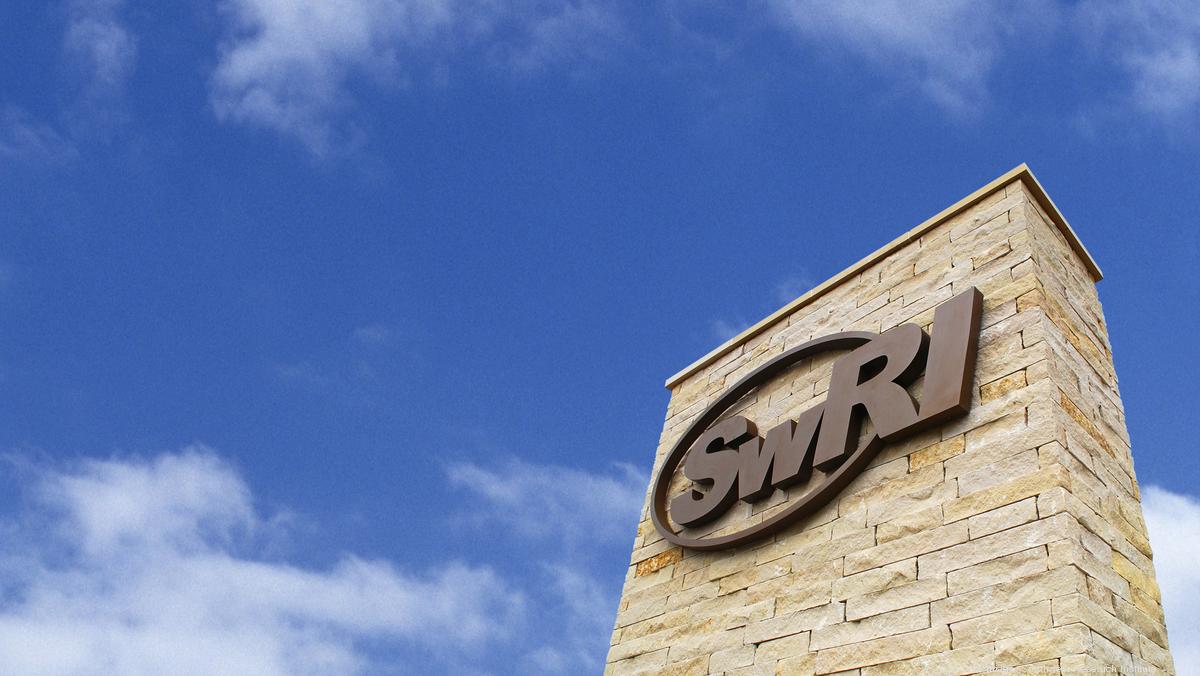Future of Combat: San Antonio engineers lead in AI warfare with new Air Force Contract
One of San Antonio's largest private sector employers has been awarded a multi-million dollar contract to pioneer a new approach to electronic warfare. The U.S. Air Force has awarded the Southwest Research Institute's Advanced Electronic Warfare team a $6.4 million contract to develop algorithms that can accurately detect and respond to unknown enemy radar threats. The engineers are using machine learning, artificial intelligence and a concept known as neuromorphic computing to develop a reliable algorithm that they believe will advance the Air Force's capabilities and protect aircrews. The system uses a two-phased approach to extract specific features of threatening radar signals, which is used in the second phase to group millions of pulses, highlighting signal lethality and vulnerabilities. The contract began on Oct. 1, 2023 and will run through March 2025.

Pubblicato : 4 settimane fa di Zoe Gottlieb in Business Tech
One of San Antonio's largest private sector employers has been awarded a multimillion-dollar contract to pioneer a new approach to warfare.
The U.S. Air Force awarded the Southwest Research Institute's Advanced Electronic Warfare team a $6.4 million contract to explore algorithms that "accurately detect and respond to unknown enemy radar threats," SwRI officials announced in a news release. Leveraging machine learning, artificial intelligence and a concept known as neuromorphic computing, SwRI engineers are researching to develop a reliable algorithm that they say will advance the Air Force's capabilities and protect aircrews.
"How do we get to the point where the EW (Electronic Wareware) system is thinking like a human?" Project leader and SwRI Staff Engineer David Brown said in a statement on Tuesday. "A pilot can fly into an area and not know what's there, but by analyzing the environment and signals, the pilot can choose a proper response to a threat. We are developing an algorithm that can analyze the environment the same way. It will sift through information with the reliability of a human but with higher accuracy and faster reaction times."
To develop this autonomous system, SwRI engineers are using a two-phased approach. The first phase uses artificial intelligence and machine learning processes to extract specific features of threatening radar signals. That data is used in the second phase to group millions of pulses, highlighting signal lethality and vulnerabilities.
SwRI engineers are implementing the algorithms on advanced platforms, including neuromorphic processing hardware. Neuromorphic processing hardware, a type of computer architecture designed to mimic the structure and function of the human brain, uses spiking neural networks to emulate how the human brain retains "memories," making processing faster, more accurate, and efficient, according to SwRI officials.
"We are implementing neuromorphics in hardware to be used for the first time in an operational combat environment. It puts us well ahead of our adversaries," said SwRI's Steven Harbour. "To the best of our knowledge, we are the first in the world to do this."
The contract between USAF and SwRI began on Oct. 1, 2023 and will run through March 2025, with work taking place in Warner Robins, GA, Dayton, OH, and San Antonio.
Research in AI applications for EW has only taken off in the last few years with the advent of new generation technologies. These technologies have enabled researchers make inferences on data much faster, according to Brown.
"We're doing things on nanosecond ranges – maybe hundreds of nanoseconds," Brown said. "If you look at ChatGPT or something like that, their inference time are thousands of times longer than the timescales that we have to do inference on."
Keep up with the latest San Antonio headlines by signing up here for SABJ newsletters.
SwRI's project began as a multiyear, multimillion-dollar project through its internal research and development program, which invests in "future-focused concepts to advance technology for government and industry clients." Currently, SwRI is working on the proof of concept phase, with plans in the second phase to test it in threat lab simulations.
Brown said the team plans will conduct a series of milestone demonstrations to show USAF its progress "iteratively" over the next couple of years.
Temi: AI
